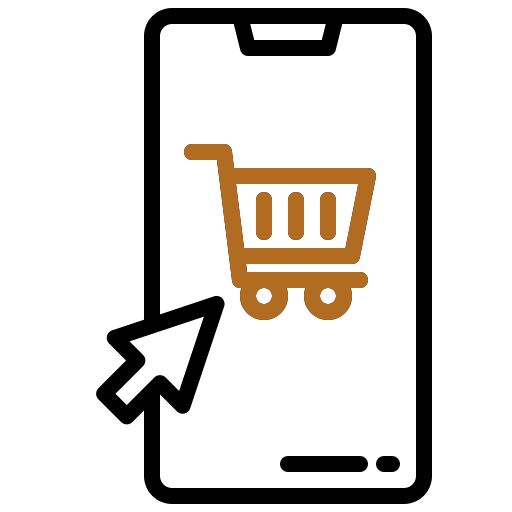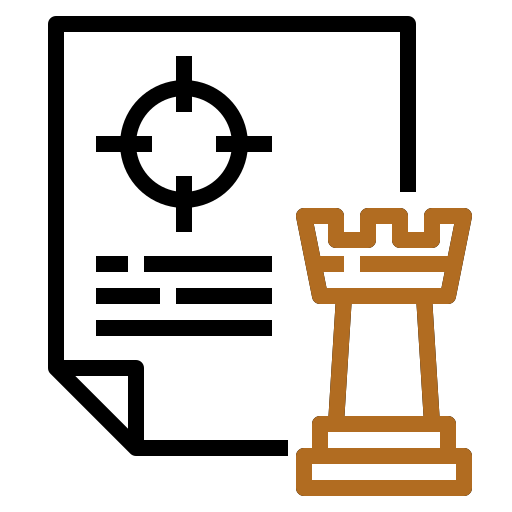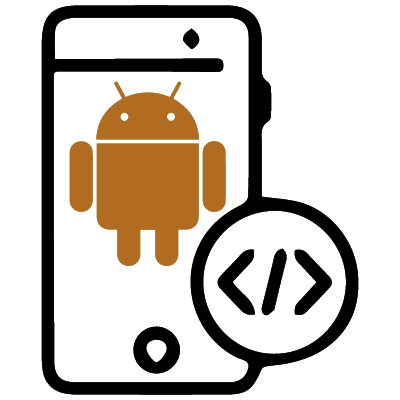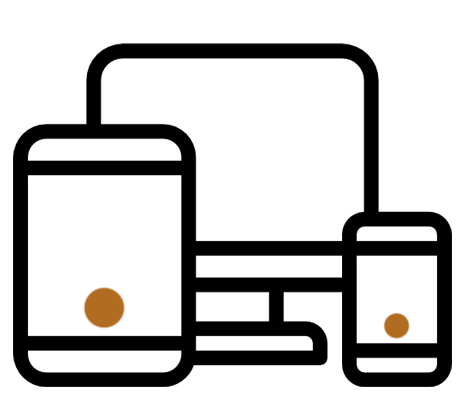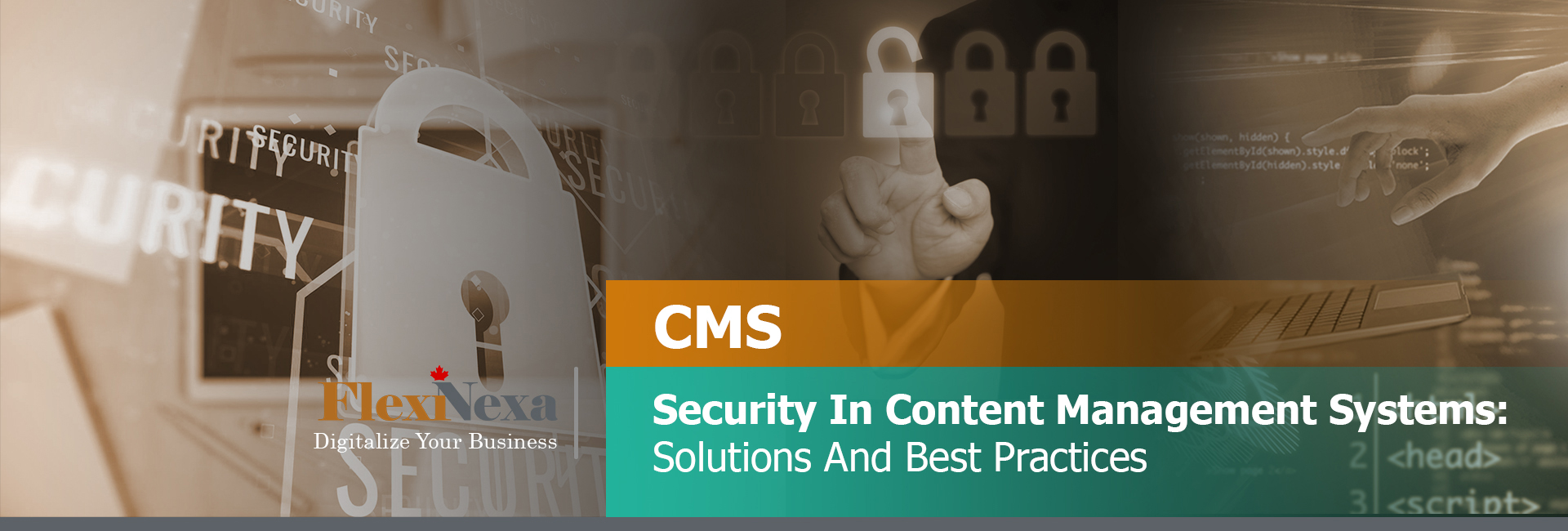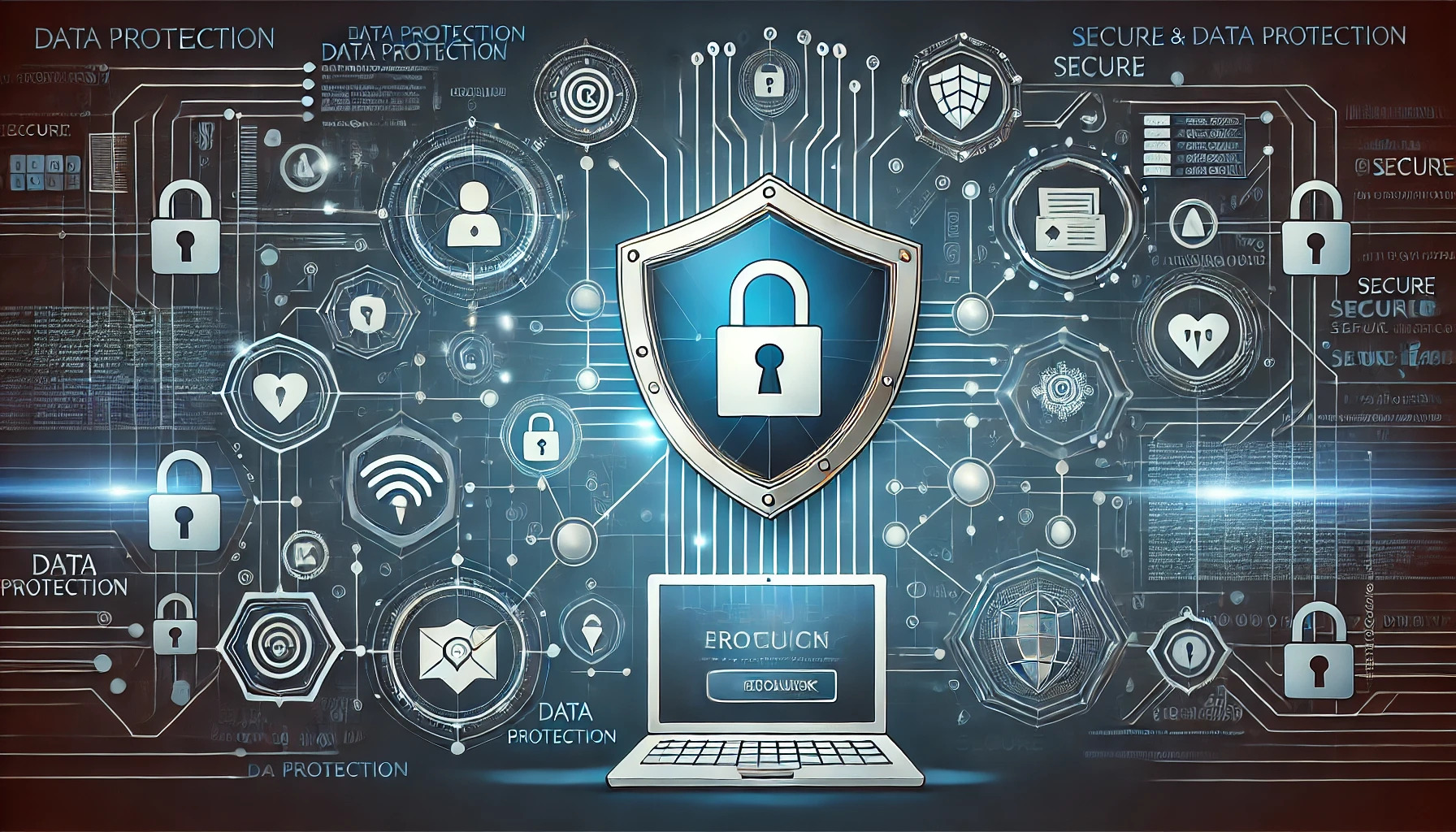
Content Management Systems (CMS) are crucial tools in today’s digital landscape for engaging with customers and audiences. The security of these websites is of utmost importance, as any security breach can lead to the loss of sensitive data, brand reputation, and even business revenue. Recognizing this significance, the Research and Development unit of Flexinexa has undertaken a comprehensive study on security in CMS, providing solutions and best practices in this field.
Content Management Systems (CMS) such as WordPress, Joomla, and Drupal are widely used platforms that enable users to create, manage, and modify digital content easily. While these systems offer numerous benefits, they are also prime targets for cyber attacks due to their widespread use and potential vulnerabilities.
Ensuring the security of Content Management Systems is critical in protecting websites from cyber threats. By implementing best security practices and leveraging effective security plugins and tools, businesses can significantly reduce the risk of site hacking and other malicious activities
What are the primary security threats facing Content Management Systems today?
In today’s digital landscape, websites face numerous security threats. Understanding these threats is crucial for implementing effective security measures. The primary security threats include:
Site Hacking:
Unauthorized access to a website to steal data, deface the site, or use it for malicious purposes. This can occur due to weak passwords, outdated software, or unpatched vulnerabilities in the Content Management System (CMS).
Malware Infections:
Malicious software that can compromise a website, often spread through insecure plugins or themes. Malware can lead to data theft, loss of site functionality, and damage to the site’s reputation.
DDoS (Distributed Denial of Service) Attacks:
These attacks aim to overwhelm a website with traffic, making it unavailable to legitimate users. They are a significant threat to site availability and can be costly to mitigate.
SQL Injection:
A technique where attackers insert malicious SQL code into a query input, potentially allowing them to manipulate the database, access sensitive information, or even take control of the website.
Cross-Site Scripting (XSS):
An attack where malicious scripts are injected into trusted websites, potentially compromising user data and site security. XSS can be particularly harmful on CMS platforms like WordPress, Joomla, and Drupal.
Phishing:
A method where attackers deceive users into providing sensitive information by posing as a trustworthy entity. This often involves fake login pages or emails designed to steal credentials.
Brute Force Attacks:
Automated attempts to guess passwords or encryption keys through trial and error. These attacks can be mitigated through strong password policies and security plugins that limit login attempts.
Outdated Software:
Using outdated CMS versions, plugins, and themes can leave websites vulnerable to known exploits. Regular updates and patch management are essential best security practices.
Weak Passwords:
Simple or reused passwords make it easier for attackers to gain unauthorized access. Implementing strong password requirements and two-factor authentication (2FA) enhances site protection.
Insufficient Backup Practices:
Without regular backups, recovering from a cyber attack can be difficult. Regular backups are a critical part of cyber attack prevention and site protection.
What are the key measures to protect a Content Management Systems from security breaches?
Protecting a Content Management Systems from security breaches involves a multifaceted approach incorporating best practices in web security, especially for websites using Content Management Systems (CMS) like WordPress, Joomla, and Drupal. Here are the key measures to ensure robust site protection:
Regular Updates:
Ensuring that the CMS, themes, and plugins are regularly updated is crucial. This addresses known vulnerabilities and enhances the security of WordPress, Joomla, and Drupal. Keeping software up-to-date is a fundamental part of web security and cyber attack prevention.
Strong Password Policies:
Enforce the use of strong, unique passwords and implement two-factor authentication (2FA) to add an extra layer of protection. This practice helps prevent site hacking by making unauthorized access more difficult.
Security Plugins:
Install and configure reputable security plugins. For WordPress, plugins like Wordfence or Sucuri; for Joomla, RSFirewall; and for Drupal, Security Kit can provide comprehensive security measures, including malware scanning, firewall protection, and login attempt limits.
Regular Backups:
Conduct regular backups of the entire website, including the database and files. This ensures that data can be restored quickly in case of a breach. Automated backup solutions and offsite storage are recommended as part of best security practices.
Web Application Firewalls (WAF):
Deploying a WAF helps to filter and monitor HTTP traffic between a web application and the Internet, blocking malicious traffic and protecting against SQL injection, Cross-Site Scripting (XSS), and other common threats.
Malware Scanning and Removal:
Regularly scan the website for malware using tools integrated within security plugins or standalone services. Early detection and removal of malware are critical to maintaining the site’s integrity and reputation.
Secure Hosting Environment:
Choose a hosting provider that offers robust security features, such as DDoS protection, automated backups, and regular security audits. A secure hosting environment is foundational for overall site protection.
Access Control:
Implement strict access controls by limiting administrative access to essential personnel only and using role-based access controls (RBAC). This minimizes the risk of unauthorized changes and data breaches.
Monitoring and Logging:
Implement comprehensive monitoring and logging of all website activities. Use tools to analyze logs for suspicious activities, enabling quick response to potential security incidents.
User Education and Awareness:
Educate users and administrators about security best practices, including recognizing phishing attempts, using secure passwords, and understanding the importance of security updates. Regular training sessions can significantly reduce the risk of human error-related breaches.
The Research and Development unit of Flexinexa has conducted a comprehensive study on security in Content Management Systems (CMS), including WordPress, Joomla, and Drupal. This study has identified critical measures and best practices to protect websites from security breaches.
The findings highlight that CMS platforms, due to their widespread use and popularity, expose websites to various security threats. These threats include site hacking, malware infections, DDoS attacks, SQL injection, and Cross-Site Scripting (XSS) attacks. To mitigate these threats, it is crucial to consistently update the CMS, themes, and plugins to fix known vulnerabilities, enforce strong password policies with two-factor authentication (2FA), and install reputable security plugins like Wordfence for WordPress, RSFirewall for Joomla, and Security Kit for Drupal. Regular backups ensure quick recovery in case of a breach, while Web Application Firewalls (WAF) help filter and monitor traffic to block malicious activities. Regular malware scanning maintains site integrity, and choosing a secure hosting provider with features like DDoS protection and automated backups adds another layer of security. Implementing strict access controls, comprehensive monitoring and logging of activities, and educating users and administrators about best security practices, including recognizing phishing attempts and the importance of updates, are essential for reducing human error-related breaches and ensuring robust site protection.
FAQ
Question 1: What is the importance of web security for Content Management Systems (CMS)?
Answer: Web security is crucial for Content Management Systems (CMS) like WordPress, Joomla, and Drupal because it protects websites from various cyber threats. Ensuring robust security measures helps prevent site hacking, data breaches, and malicious attacks that can compromise sensitive information, damage brand reputation, and disrupt business operations.
Question 2: How can I enhance WordPress security on my website?
Answer: To enhance WordPress security, regularly update your CMS, themes, and plugins to patch known vulnerabilities. Implement strong password policies and two-factor authentication (2FA). Use reputable security plugins like Wordfence to monitor and protect your site. Regular backups and employing a Web Application Firewall (WAF) can also provide significant protection against cyber threats.
Question 3: What are the best security practices for protecting a Joomla website?
Answer: For Joomla security, ensure all components, extensions, and templates are updated regularly. Use strong passwords and enable two-factor authentication (2FA). Install security plugins like RSFirewall to add an extra layer of defense. Regularly back up your site and use a WAF to block malicious traffic and prevent attacks.
Question 4: How can I protect my Drupal site from cyber attacks?
Answer: To protect your Drupal site from cyber attacks, keep your Drupal core and modules updated. Use security modules such as Security Kit to enhance protection. Enforce strong password policies and enable two-factor authentication (2FA). Regular backups and employing a Web Application Firewall (WAF) will help in preventing cyber attacks and ensuring site protection.
Question 5: What are some common threats to web security for CMS-based websites?
Answer: Common threats to web security for CMS-based websites include site hacking, malware infections, DDoS attacks, SQL injection, and Cross-Site Scripting (XSS). These threats can lead to data breaches, site defacement, and loss of functionality, making it essential to implement comprehensive security measures.
Question 6: What role do security plugins play in CMS security?
Answer: Security plugins play a vital role in CMS security by providing tools to monitor, detect, and prevent potential threats. They offer features such as malware scanning, firewall protection, and login attempt limits. Plugins like Wordfence for WordPress, RSFirewall for Joomla, and Security Kit for Drupal are essential for enhancing overall site protection.
Question 7: How often should I back up my CMS-based website?
Answer: It is recommended to back up your CMS-based website regularly, at least once a week, and before any major updates or changes. Regular backups ensure that you can quickly restore your site in case of a security breach or data loss, thus maintaining site protection.
Question 8: What are the benefits of using a Web Application Firewall (WAF)?
Answer: A Web Application Firewall (WAF) helps protect your website by filtering and monitoring HTTP traffic between the web application and the Internet. It blocks malicious traffic and prevents common attacks such as SQL injection and Cross-Site Scripting (XSS), enhancing overall web security and site protection.
Question 9: Why is it important to educate users about web security?
Answer: Educating users about web security is crucial because human error is often a significant factor in security breaches. Training users to recognize phishing attempts, use strong passwords, and understand the importance of security updates can greatly reduce the risk of cyber attacks and ensure better site protection.
Question 10: How do I choose a secure hosting provider for my CMS-based website?
Answer: Choose a hosting provider that offers robust security features such as DDoS protection, automated backups, regular security audits, and SSL certificates. A secure hosting environment is foundational for ensuring comprehensive web security and site protection for your CMS-based website.




